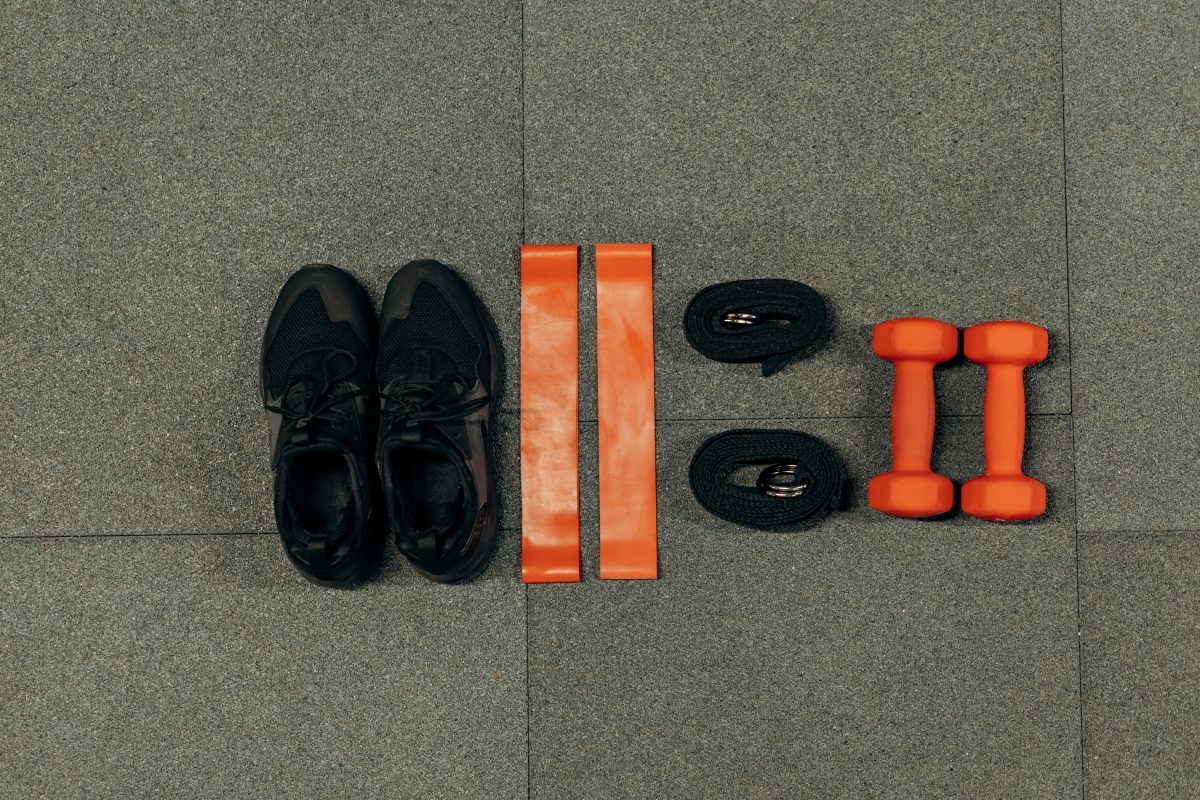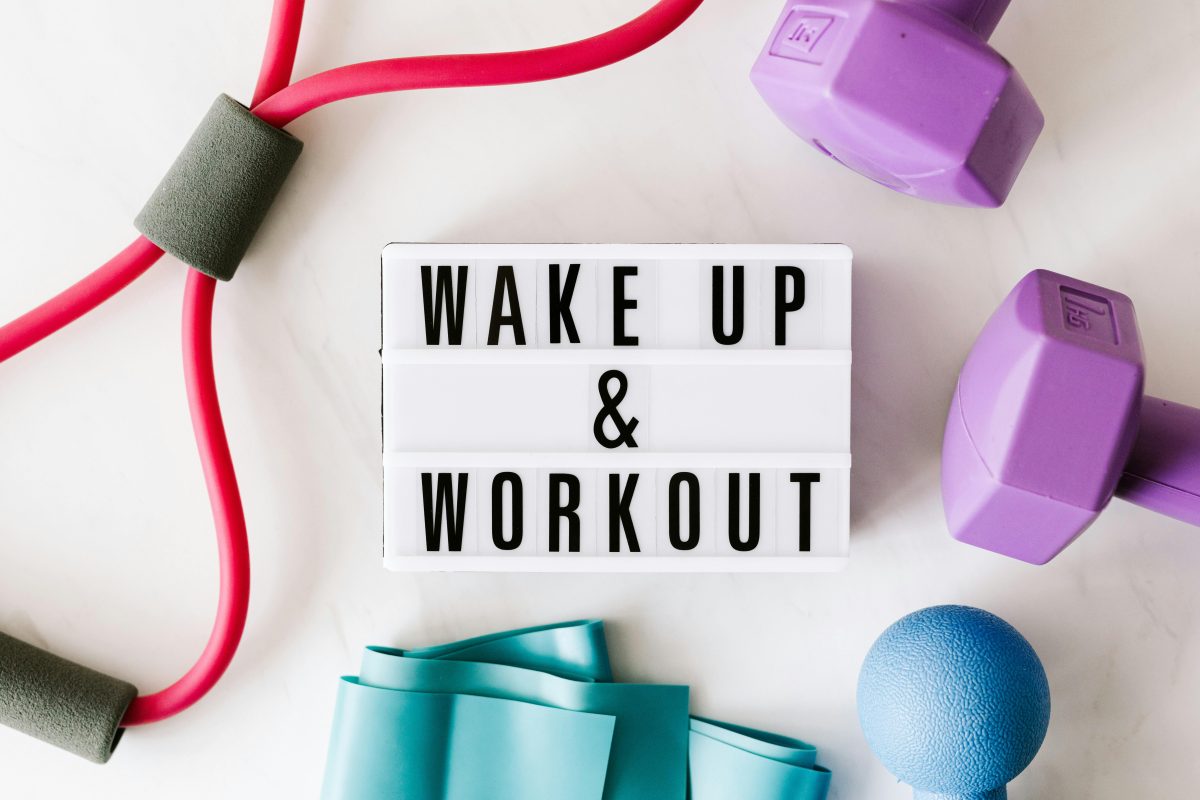Last Updated on: 14th July 2024, 09:33 am
Introduction to Fitness and the Importance of a Personalized Workout Plan

Embarking on a fitness journey begins with understanding your goals. Whether it’s weight loss, muscle gain, or enhancing overall health, pinpointing your objectives is crucial. A structured workout plan, tailored to your unique needs and goals, not only streamlines your path to success but also maximizes the efficiency of your efforts. This article delves into the essence of personalized fitness plans, highlighting their benefits and guiding you on how to construct one that aligns with your aspirations.
- Eliminates guesswork, keeps you motivated
- Reduces the risk of injury by adhering to a plan crafted just for you
- Every exercise, every rep, becomes a step closer to your goals
Assessing Your Fitness Level and Setting Realistic Goals

Before diving into the specifics of a workout plan, it’s essential to evaluate where you stand on the fitness spectrum. This initial step is not about judgment but understanding your starting point. Simple tests, such as timing a mile run, counting how many push-ups or sit-ups you can do in a minute, or measuring your flexibility through a sit-and-reach test, can offer a clear picture of your current fitness level. These assessments provide a baseline, crucial for tracking progress and setting realistic goals.
Speaking of goals, the SMART framework transforms vague aspirations into achievable targets. Goals should be:
- Specific, detailing exactly what you aim to accomplish.
- Measurable, allowing you to track progress.
- Achievable, setting you up for success rather than disappointment.
- Relevant to your personal fitness journey, aligning with your broader objectives.
- Time-bound, with a clear deadline to keep you focused and motivated.
The journey from your current fitness level to your goals should be marked by gradual progression. This approach not only prevents burnout but also significantly reduces the risk of injury. Incremental increases in the intensity, duration, and frequency of your workouts ensure sustainable progress. It’s about celebrating small victories on the way to your larger goals, keeping motivation high and making the process enjoyable.
Designing Your Workout: A Comprehensive Approach

Strength Training: Building Your Foundation
Strength training is the cornerstone of a robust workout plan. It encompasses a variety of types, from free weights to resistance bands, catering to different fitness levels and goals. The benefits are manifold: increased muscle mass, improved metabolism, and enhanced bone density. Incorporating it two to three times a week allows your muscles to recover and grow stronger.
Cardiovascular Training: Fueling Your Heart
Cardiovascular training is your heart’s best friend. Understanding intensity levels—from light walking to high-intensity interval training (HIIT)—helps tailor a cardio program that suits your lifestyle and goals. Options abound, whether you prefer the great outdoors or gym equipment. Regular cardio sessions boost heart health, endurance, and calorie burn.
Flexibility and Mobility: The Art of Movement
Flexibility and mobility exercises are often overlooked but vital for a well-rounded fitness regimen. They enhance movement efficiency, reduce injury risk, and improve posture. Incorporating activities like yoga or dynamic stretching into your routine, even for a few minutes daily, can make a significant difference.
Balance and Coordination: Mastering Stability
Exercises that improve balance and coordination contribute to overall stability, crucial for both everyday activities and athletic performance. Simple practices, such as standing on one leg or using a balance board, can be seamlessly integrated into your workout plan. These exercises not only prevent falls but also refine your body’s response to uneven surfaces and unexpected obstacles.
By weaving together these components—strength, cardiovascular health, flexibility, and balance—you create a comprehensive workout plan that addresses all aspects of physical fitness. This holistic approach ensures not just a healthier body but also a sharper mind, setting the stage for lifelong wellness and vitality.
Creating Your Workout Schedule

Deciding on the frequency of your workouts is the first step towards a tailored fitness plan. It hinges on your goals—be it weight loss, muscle building, or enhancing endurance—and your lifestyle’s demands. A balanced approach ensures consistency without overwhelming your daily routine.
Next, consider how to split your routine. Full-body workouts, engaging multiple muscle groups in each session, are ideal for those with limited days to dedicate to exercise. Split routines, on the other hand, focus on different body parts on different days, allowing for more intensive focus and recovery time.
Allocating time within your routine is crucial. Each session should ideally include components of strength training, cardiovascular work, flexibility exercises, and balance or coordination activities. This comprehensive approach promotes overall fitness and prevents imbalances.
Finally, adjusting your schedule for rest and recovery is paramount. Muscles need time to repair and strengthen, making rest days as critical as workout days. Incorporating active recovery, such as light walking or yoga, can further enhance your regimen’s effectiveness.
By thoughtfully crafting your workout schedule, you create a roadmap to success. It’s not just about the exercises you do; it’s about how you weave them into your life, ensuring progress towards your goals while maintaining balance and health.
Nutrition and Hydration: Supporting Your Workout Plan

Achieving fitness goals is a multifaceted endeavor, where nutrition plays a pivotal role. It’s the fuel that powers your workouts and the building block for muscle recovery and growth. A balanced diet, rich in proteins, carbohydrates, fats, vitamins, and minerals, complements your workout plan, ensuring your body has the necessary nutrients to perform and recover.
Proteins are crucial for muscle repair; carbohydrates provide energy; fats support cell growth; and vitamins and minerals facilitate crucial bodily functions. Striking the right balance in your diet enhances your physical performance and recovery, making each workout more effective.
Hydration is another cornerstone of fitness. Water regulates body temperature, lubricates joints, and helps transport nutrients for energy. Before workouts, it prepares your body for the exertion to come. During exercise, it replenishes lost fluids through sweat and maintains performance levels. Afterward, it aids in recovery, helping to flush out toxins. The importance of staying hydrated cannot be overstated—it’s essential for optimal performance and recovery.
Together, nutrition and hydration form the backbone of any successful workout plan. They fuel your body, support your goals, and ensure you can keep pushing your limits. Remember, what you eat and drink is as important as your workout itself. Tailoring your diet and hydration to your fitness regimen not only maximizes your efforts but also accelerates your journey towards your goals.
Tracking Progress and Making Adjustments
Monitoring your fitness journey is pivotal for success. Apps, journals, and fitness trackers offer a digital footprint of your progress, capturing every stride and rep. These tools not only track workouts but also inspire by showcasing your improvements over time. A simple journal entry or a glance at an app can provide the motivation needed to push through a tough session.
- Recognize Plateaus: Progress isn’t always linear. Plateaus can be frustrating, but they’re a sign to reassess and recalibrate.
- Overcoming Plateaus: This may require tweaking your routine, increasing intensity, or introducing new exercises to challenge your body in novel ways.
Adjustments to your workout plan should be thoughtful and timely. If gains in strength or endurance wane, it’s time to shake things up. This could mean:
- Altering your sets and reps
- Changing the type of exercises you perform
The key is to listen to your body and respond with changes that reignite progress, ensuring continuous improvement and keeping your fitness journey on an upward trajectory.
Remember, a workout plan is a living document, adaptable to your evolving fitness level and goals. By staying vigilant and flexible, you can tailor your regimen for sustained growth and success.
In Closing
Your fitness journey is uniquely yours. It’s a path of personal growth and discovery, where each step is a testament to your dedication. By embracing a tailored workout plan, you navigate the delicate balance between challenge and achievement, ensuring every effort contributes to your overarching goals. This journey, enriched by strategic planning, balanced nutrition, and adaptive routines, empowers you to reach new heights of physical and mental well-being. Let this be your call to action: forge ahead with resilience, adapt with wisdom, and celebrate every milestone on your path to fitness excellence.
How to Build a Workout Plan FAQs
Absolutely, you can create an effective workout plan using bodyweight exercises, resistance bands, or household items. Focus on compound movements like push-ups, squats, and lunges that target multiple muscle groups for efficiency. Additionally, outdoor activities like running, cycling, or swimming can supplement your routine for cardiovascular fitness.
To ensure your workout plan is effective, it should include exercises that target all major muscle groups, be progressive in nature, and match your fitness level and goals. Regularly track your progress through measurements, fitness tests, or journaling to see how well the plan is working. Adjustments should be made based on feedback from your body and performance outcomes.
Balance cardio and strength training by allocating specific days for each or combining them in the same workout session, depending on your goals. If your goal is to build muscle, prioritize strength training and use cardio as a supplementary activity; if your goal is endurance or weight loss, you might prioritize cardio. Ensure there’s a balance that supports your overall fitness goals without leading to overtraining in one area.
Incorporate flexibility training by dedicating time for dynamic stretching as part of your warm-up and static stretching during your cool-down. This helps to improve range of motion, prevent injuries, and can enhance performance in strength and cardio workouts. Aim for at least 10-15 minutes of flexibility exercises per workout session.
Start by defining your fitness goals, whether it’s weight loss, muscle gain, or improving endurance. This will determine the types of exercises you should focus on and the intensity of your workouts. Consider incorporating a mix of cardiovascular exercises, strength training, and flexibility workouts to achieve a balanced fitness routine.
Track progress by keeping a workout log, taking regular measurements of your body, and noting improvements in your strength, endurance, and overall fitness level. This not only helps in keeping you motivated but also in identifying when it’s time to adjust your workout plan. Use apps, spreadsheets, or a traditional journal to record your workouts and any physical changes or achievements.
It’s advisable to review and potentially adjust your workout plan every 4 to 6 weeks. This helps to avoid plateaus, keeps the workouts challenging, and ensures continuous progress. Changing your routine can involve altering exercises, intensity, volume, or rest periods.
Rest days are crucial for muscle recovery, growth, and preventing overtraining. They allow your body to repair itself and adapt to the stress of exercise, reducing the risk of injury. Incorporate at least one to two rest days per week, depending on the intensity of your workouts and your individual recovery needs.
Nutrition is fundamental in supporting your workout plan, as it provides the energy for your workouts and the nutrients for recovery and muscle growth. Focus on a balanced diet rich in proteins, carbohydrates, fats, and micronutrients tailored to your fitness goals. Hydration is also crucial, so ensure you’re drinking enough water before, during, and after workouts.
A popular approach is the push/pull/legs split, where you dedicate days to pushing exercises (chest, shoulders, triceps), pulling exercises (back, biceps), and leg workouts. This allows for adequate rest and recovery for muscle groups between workouts. Adjust the split based on your goals and schedule, ensuring you’re not overworking any single muscle group.
Orlando is a all round athlete from Australia, now resident in Germany. His sports of passion of American Football(Offensive line), weight training and indoor rock climbing where he uses his 195cm wing span to his advantage.


